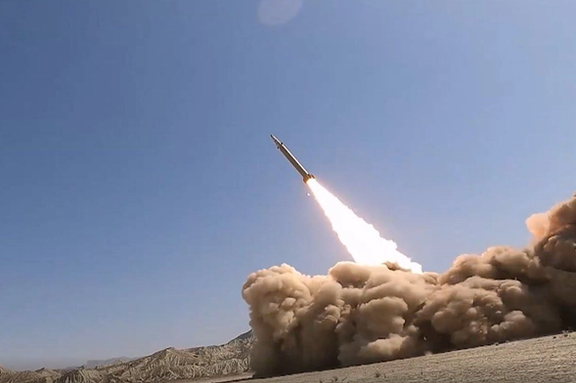Iran has built arms factories abroad, defense minister says

Iran has established arms production facilities in several countries but will not disclose their names for now, Defense Minister Aziz Nasirzadeh said in a televised interview Friday night.

Iran has established arms production facilities in several countries but will not disclose their names for now, Defense Minister Aziz Nasirzadeh said in a televised interview Friday night.
“We have built weapons factories in some countries, but for now we will not announce which ones,” Nasirzadeh said.
Iran had tested “new warheads in the past year that are both advanced and maneuverable,” he added.
His remarks came as Iran’s navy test-fired cruise missiles at surface targets in the Gulf of Oman and northern Indian Ocean during large-scale exercises on Thursday. The maneuvers followed joint Iran-Russia drills known as Casarex 2025 in the Caspian Sea a month earlier.
Since 1979, US sanctions have limited Iran’s access to modern weaponry, driving reliance on indigenous designs and adaptations of older systems.
‘Israel could not stop missiles if war lasted 15 days’
If the June conflict had stretched to 15 days, Israeli forces would have been unable to intercept any Iranian missiles, Iran’s defense minister added, arguing this forced Israel to seek a US-brokered ceasefire.
“If the war had gone 15 days, in the last three days the Israelis would not have been able to hit any of our missiles.”
Iran did not use its Qassem Basir missile, he added, calling it “the most precise weapon.”
The Qassem Basir missile is an Iranian medium-range ballistic missile unveiled in May. Iran says the missile has a range of about 1,200 kilometers and features enhanced guidance and countermeasure resistance.
Last week, Nasirzadeh said Israel’s defense systems – including the US-made THAAD and Patriot batteries, the Iron Dome and Arrow – had been unable to stop most of the projectiles.
“In the early days, about 40% of our missiles were intercepted, but by the end of the war, 90% were striking their targets,” he said. “This showed that our experience was growing while the defensive power of the other side was decreasing.”
Israel's military says that the interception rate for missiles and drones during the 12-day war was about 90%.
The war between Iran and Israel erupted after Israeli strikes on June 13 killed senior Iranian commanders and nuclear scientists, as well as damaging air defense and nuclear sites. Iran said 1,062 people were killed, including 786 military personnel and 276 civilians.
Iran’s retaliatory missile and drone barrages killed 31 civilians and an off-duty soldier in Israel. The conflict ended with a US-brokered ceasefire on June 24.